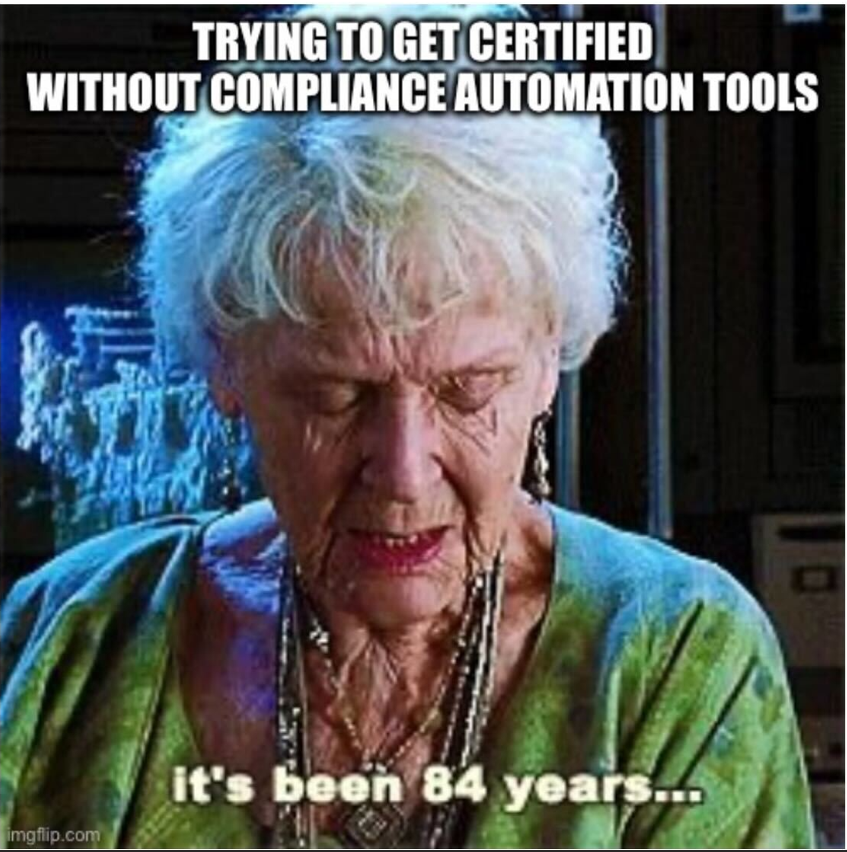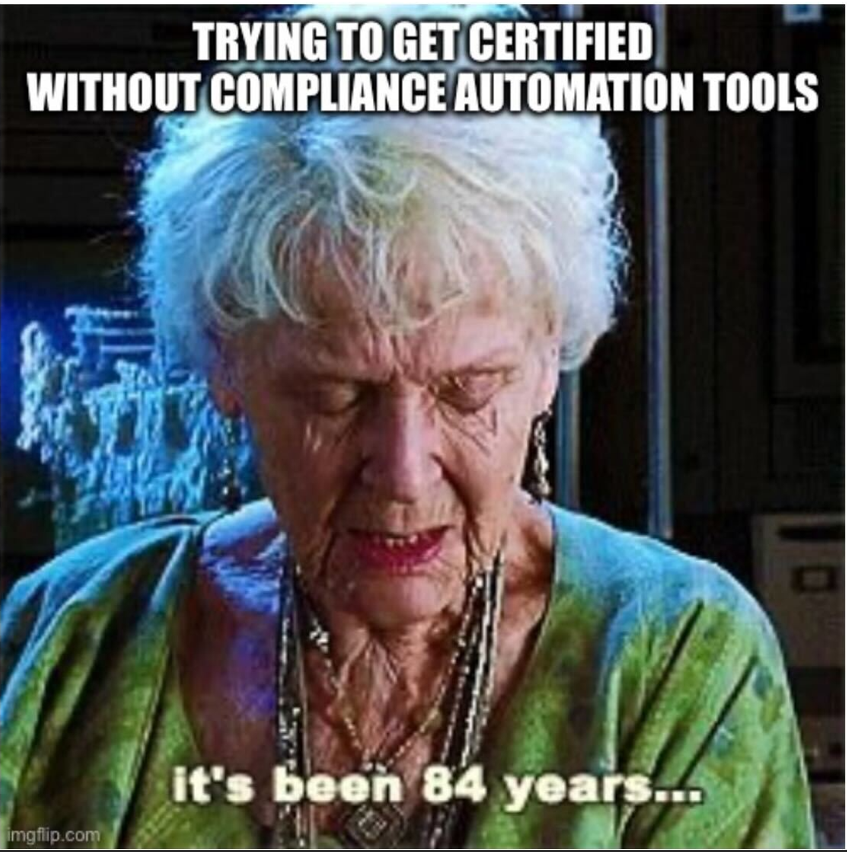
2024-6-12 17:5:3 Author: securityboulevard.com(查看原文) 阅读量:5 收藏
Although the evolving tech landscape can yield unprecedented opportunities, it presents formidable challenges, especially regarding security compliance. Organizations and regulators are now forced to rethink their attitudes towards innovative (albeit risky) solutions to many of the gaps in traditional compliance processes.
Let’s take a look.
The Role of Technology in Reshaping Security Compliance
With the rapid development and integration of emerging technologies, the security landscape can utilize significant opportunities for innovation and efficiency. Gone are the days of check-the-box compliance, as all the more organizations lean into a more strategic approach.
However, at the same time, the use of emerging technology raises significant concerns about security, privacy, and data protection. This raises the question: Is implementing emerging tech simply a case of keeping up with competitors while scaling business operations, or does it truly hold profound GRC benefits? What about the speed at which regulators are able to adapt to these new technologies? Compliance will very quickly lag behind tech if they do not act quickly.
Despite varying opinions regarding the role of emerging tech in the compliance landscape, the results speak for themselves. In fact, 93% of surveyed respondents in a compliance risk study conducted by Accenture agree that emerging tech, such as AI and cloud compliance tools removes human error, automates manual tasks, and proves to be more effective and efficient.
Additionally, in a recent study, 71% cite early risk detection as the main benefit of using emerging technology in compliance, risk, and legal functions. Other vital benefits included a lowered dependence on manual processes, enhanced risk assessment processes, improved response time investigation, and increased business transparency.
This all sounds great in theory, but what does this look like practically?
Benefits of Technological Innovations in Security Compliance
For the most part, technological integrations can significantly enhance efficiency, accuracy, risk mitigation, and threat detection within compliance processes. A few key areas from a governance, risk, and compliance perspective include the following:
Artificial Intelligence (AI) and Machine Learning (ML)
AI and ML have been some of the most talked about topics in recent cybersecurity and compliance discussions (and debates). Even so, there are inarguable benefits to leveraging these technologies in your compliance measures. For instance, AI and ML can help organizations optimize encryption key management, identify anomalies in data access, and automate incident response workflows, improving the efficiency and effectiveness of data protection mechanisms.
AI and ML can also enhance the speed and accuracy of detecting and responding to data breaches, analyzing large data logs, identifying suspicious activities, or automating incident response workflows.
Need quick answers for questions relating to safeguarding data within AI systems? Meet Scy – your go-to companion bot for all things ISO 42001 compliance.
Blockchain
Blockchain technology is another significant tool that helps ensure data integrity. Once stored on the ledger, data can’t be altered or tampered with, keeping data accurate, consistent, and reliable. This furthermore enables trust among network participants by verifying the authenticity of data without relying on a third party and reducing the risk of fraud, corruption, or data manipulation. Every transaction on the ledger is encrypted with a unique digital signature that proves its origin and validity, increasing data privacy.

Challenges and Considerations
On the flip side, adopting and applying new technologies to the security compliance process comes with its share of challenges as new solutions try to fit into traditional molds, often causing potential vulnerabilities and risks.
This is particularly evident in the case of ethical AI. The case of ethical AI addresses a variety of pressing concerns, like what if there is an unconscious bias in the algorithm? What if there are errors, defective design, or even malicious intent? Who owns, uses, analyses, or disposes of the data with the company? What if there is a data or cyber breach? Who is responsible for data in multi-party collaboration projects?
Naturally, these questions may keep compliance professionals up at night. However, it all boils down to the poor use of data. With tighter laws and prosecutions rising – accountability is higher than ever before. Fortunately, business leaders aren’t the only ones asking the important questions, which is why it’s critical to stay aligned with the latest developments regarding AI and compliance regulations – which we dive into in A New Frontier: AI Compliance Regulations Redefined For A New Era.
Best Practices for Implementing Technological Innovations
Security compliance can be daunting, especially considering that global organizations often have to manage numerous entities, all with unique organizational goals, risks, and compliance programs. However, incorporating emerging technologies doesn’t have to add to the burden of obtaining and maintaining security compliance, especially not if they do so while prioritizing appropriate strategic imperatives. Some of the most prominent considerations to keep in mind when implementing technological innovations include the following:
- Embrace the immersion of emerging technologies
Avoidance is far from a strategic and beneficial compliance (and business) strategy. This is why the first step is to accept that emerging technologies such as AI, blockchain, and cyber defense tools have a unique and significant role as part of your GRC platform. Not only are they key components to managing non-adherence to controls and overall better compliance management, but they also hold unparalleled business value and savings in the long run, which will far exceed the initial investment.
- Reskill your people
Even the most state-of-the-art compliance technology can have limitations if it is in the hands of untrained personnel. As technology adapts and compliance measures evolve alongside it, so should the expertise of those using it. Be sure to invest in specialized training and leverage the opportunity to reskill critical team members to sharpen their skills without becoming a liability.
Final Thoughts
As technology advances, so do attitudes toward the unfamiliar. Although a digitally empowered compliance program that is well integrated across all business functions can maximize value and augment adherence to policies and procedures, they must land in the control of a team that understands what is expected from them and that has the required skill set to harness its power without exposing the organization to additional risk.
The post The Future of Security Compliance: How Emerging Technologies are Setting New Rules appeared first on Scytale.
*** This is a Security Bloggers Network syndicated blog from Blog | Scytale authored by Melissa Dil, VP Marketing, Scytale. Read the original post at: https://scytale.ai/resources/the-future-of-security-compliance-how-emerging-technologies-are-setting-new-rules/
如有侵权请联系:admin#unsafe.sh